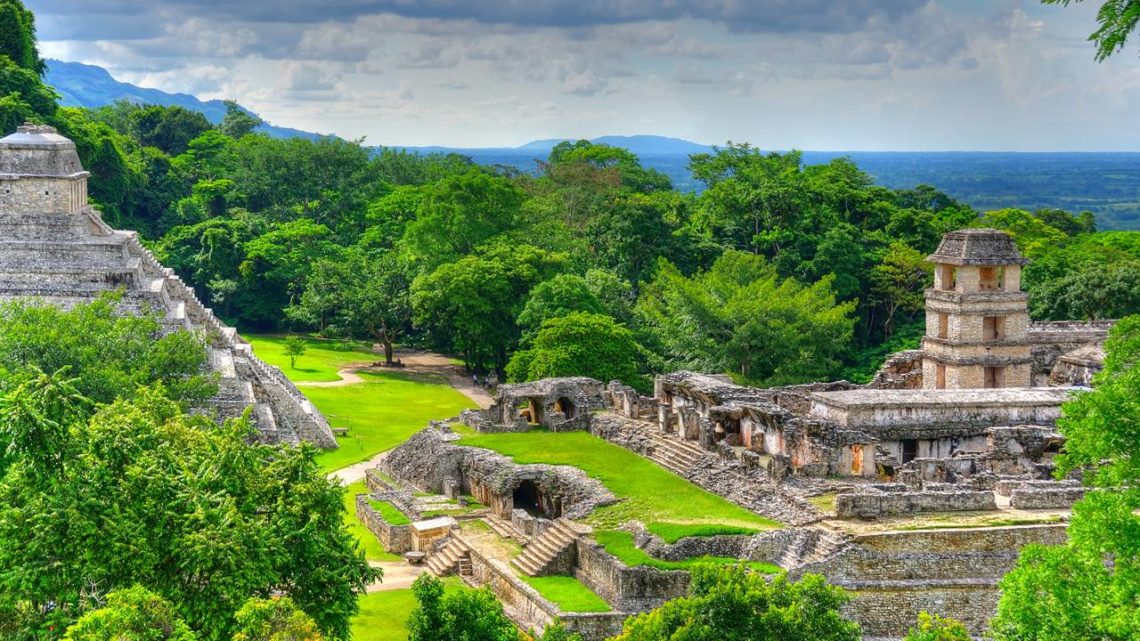The Top 5 Locations In Central America For Observing Wildlife
Imagine a place that is as diverse as a wave-battered beach and a humid cloud forest, yet it only makes up 1% of the world’s surface, and it is home to over 8% of its biodiversity. In short, you can see huge whales in the Pacific, swim the coral reefs in the Caribbean, and hunt jaguars in the forests of Central America. In Central America, the following locations are the most well-liked for wildlife viewing:
1. Panama’s Parque Nacional Darien
The term Darien itself normally evokes visions of an impenetrable rainforest, so this is a wild, wild place. Panama is 5,790 square kilometres in size, with the Serrania del Darien mountains on the Colombian border at one end and the Pacific at the other. The only actual towns are abandoned mining communities from the colonial era, and there isn’t a road through them. Sloths, Baird’s tapirs, mantled howler monkeys, and even jaguars are frequently reported – no one knows beyond that.
2. Costa Rica’s Monteverde Cloud Forest Reserve
This gem of the Puntarenas province is famous because of the green cloud forest ecosystems that exist between 4,600 and 5,900 feet above sea level on the Cordillera de Tilaran mountaintops. 90 percent of it is the primary rainforest, and it has more of the ecological zones than you can count. The flora and fauna are also very shocking, as could be expected. Mammals are large and shy ocelots and white-faced capuchins, and birds, such as the bold and beautiful violet sabrewing hummingbird, to the teal-plumed dazzling quetzal. There are the tallest ferns that you can ever see, and bright bromeliads.
3. Belize’s Ambergris Caye
This is a little Barrier Island on the Eastern coast of Central America that was transformed into a true R&R getaway with its talcum-powder beaches and five-star hotel services. However, this should not prevent you from interrupting your pool time and going to the Belize Barrier Reef, which presents an outstanding 30 percent of the second-largest barrier reef in the world, the Mesoamerican Barrier Reef System. The principal site is the Hol Chan Marine Reserve located on the west coast of Ambergris Caye. It consists of four areas, such as fertile seagrass beds, multicoloured underwater gardens with over 50 types of coral.
4. Costa Rica’s National Corcovado Park
Arenal and Monteverde pale in comparison to the mighty Parque Nacional Corcovado (Corcovado National Park). This area of Costa Rica is what conservationists boast about on their wheatgrass photos and National Geographic in the morning. It covers 424 square kilometres on the huge Osa Peninsula. It has been called the “most biologically intense place on earth,” and this is understandable. The region is the crossroads of three hiking trails, two of which are inland and one coastal. Both trails will give you access to a lot of wildlife to make you feel like you are dreaming.
5. Belize’s Selva Maya
The Selva Maya spans Guatemala and Mexico and covers 40 million acres of Central America. But the region that extends into western Belize is now in the spotlight, mainly due to a massive land acquisition in 2021 that added the preserved environment of the country by approximately 100,000 hectares. The new reserve, combined with the Rio Bravo Conservation Area, links woods where around 350 types of birds can be found, along with the other four big cat species of the region, as well as more jaguars per square mile than anywhere in the region.
Explore more travel, lifestyle, and fashion blogs on Discovered.TV – Your one-stop destination for out-of-the-box content!





